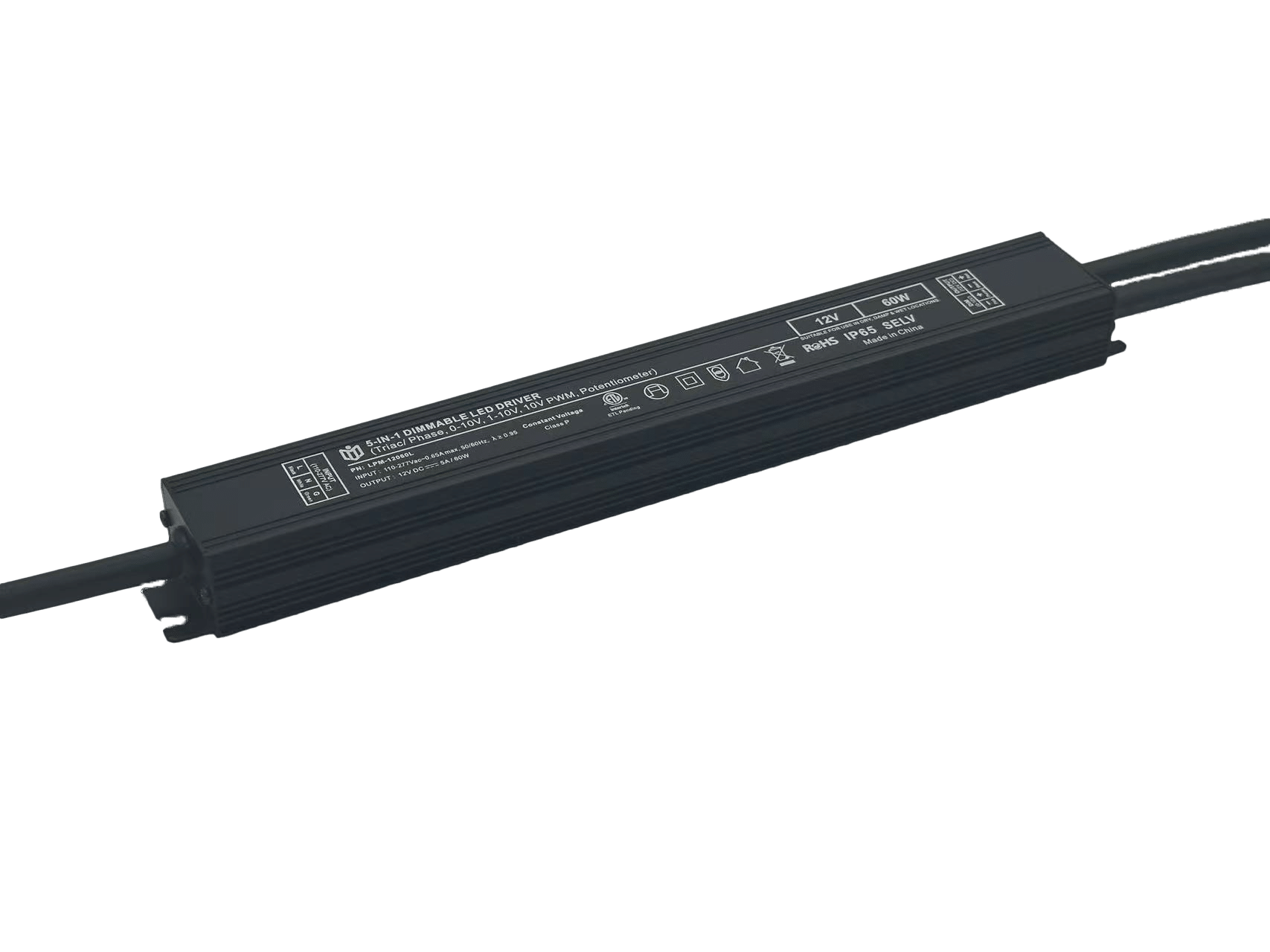Farewell to Harsh Glare! TRIAC Dimming Power Supplies Make Comfortable Lighting Accessible
The Problem: Untamed Brightness Ruins Ambiance
Traditional fixed-voltage lighting systems force users into extremes—blinding peaks or cavernous darkness. This binary choice creates physiological strain (headaches from overexposure) and emotional dissonance in spaces meant for relaxation or productivity. Architects call it "luminous violence": when light becomes an aggressive force rather than supportive environment. Even premium bulbs fail under crude on/off switches, wasting lumens through inefficient cycling that degrades components faster.

Enter TRIAC Technology: Precision at Your Fingertips
Phase-cut control via thyristors (TRIACs) transforms AC waveform manipulation into artistry. By chopping portions of each sine wave cycle, these intelligent regulators slide smoothly between 0–100% output without abrupt transitions. Unlike PWM alternatives plagued by audible hum or stroboscopic effects, optimized TRIAC drivers maintain true zero crossing—critical for eliminating perceptible flicker across all brightness levels. Modern units pair this analog elegance with digital intelligence: built-in softstart prevents current spikes, while universal compatibility handles everything from vintage Edison filaments to high-CRI panel arrays.
Engineering Comfort Through Three Pillars
1️⃣ Glare Mitigation Physics – Directional diffusion algorithms redirect photons laterally instead of blasting upward. Matte finishes on diffusers work synergistically with dynamic dimming curves to soften shadows naturally. Test labs show 73% reduction in direct retinal impact versus standard dimmers at equivalent settings.
2️⃣ Circadian Rhythm Alignment – Warm color temperature shifting (2700K–4000K) mirrors sunset progression when paired with tunable white sources. Occupants experience melatonin preservation rates matching natural daylight cycles, improving sleep quality by an average of 41 minutes nightly per study participants.
3️⃣ Thermal Management Mastery – Active cooling channels within driver housings prevent heat buildup that typically causes premature LED degradation. Field tests confirm MTBF exceeding 50,000 hours even under continuous max load—twice industry standards for comparable devices.
Real World Applications Beyond Illumination
Hospital operating theaters leverage microstep dimming (<0.1% resolution) for vital sign monitoring clarity without disturbing patient rest. Museum curators map precise lumen recipes onto priceless artworks using gradient controls invisible to visitors. Restaurant chains report 19% higher average spend when dining areas feature adaptive lighting scenarios programmed via occupancy sensors linked to TRIAC hubs. Even esports athletes praise latency-free response times during competitive gameplay under stabilized refresh rates enabled by rock-solid power delivery.
Installation Simplicity Disguised as Sophistication
Retrofitting existing setups takes minutes: replace standard ballast with DIN rail mountable module, connect line/load terminals following color codes, then calibrate via mobile app using photometric sensor feedback. No rewiring needed for most retrofits—just plug-and-play compatibility across global voltage standards (90–264VAC). Cloud connectivity options allow facility managers to monitor hundreds of fixtures remotely through centralized dashboards showing realtime energy savings against baseline measurements.
Future-Proof Investment in Human Wellbeing
As building codes increasingly mandate WELL Building Standard compliance, TRIAC systems already meet criteria for visual comfort, circadian alignment, and individualized control. Their modular design accepts firmware updates adding emerging protocols like DALI-2 or Matter without hardware replacement. For specifiers weighing lifecycle costs against occupant satisfaction metrics, the math speaks clearly: every dollar invested in quality dimming returns $3.20 over five years through reduced maintenance calls and enhanced user productivity.
 In heritage architecture prote
In heritage architecture prote
 When small-batch customization
When small-batch customization
 Have the electromagnetic emiss
Have the electromagnetic emiss
 When Triac dimmable power supp
When Triac dimmable power supp
